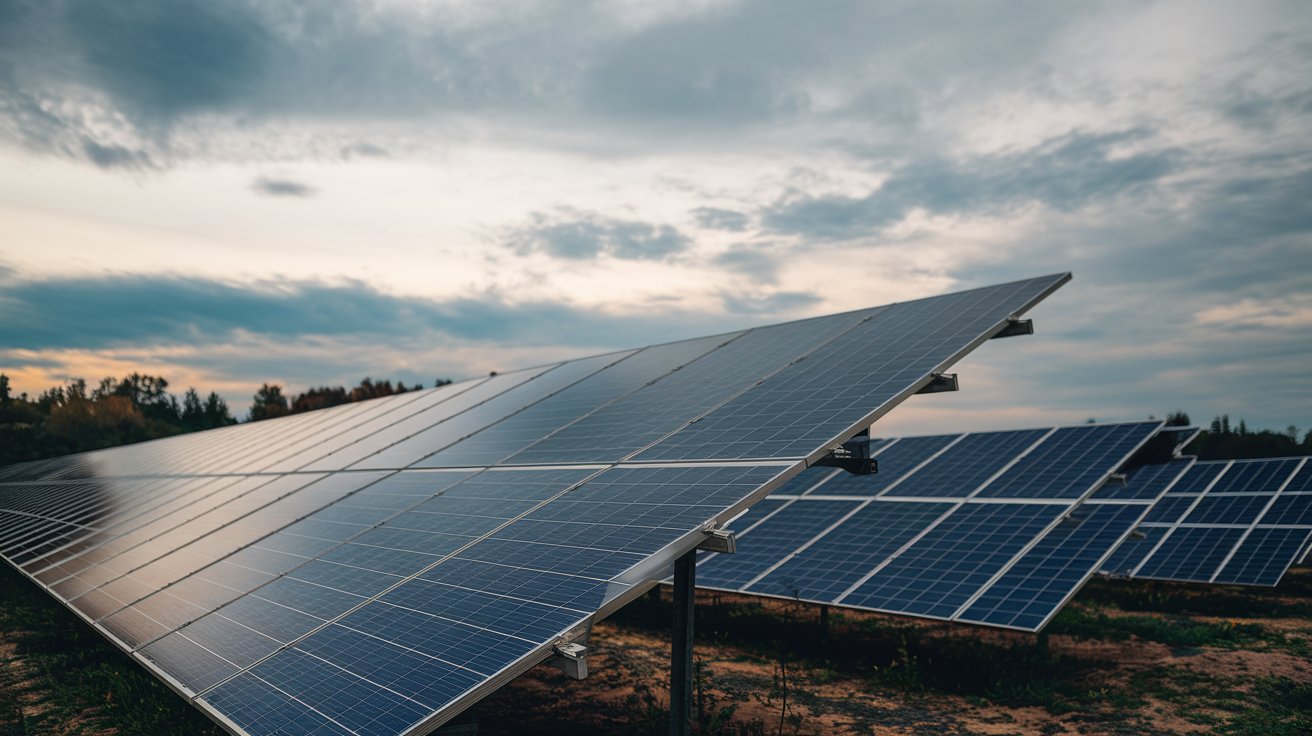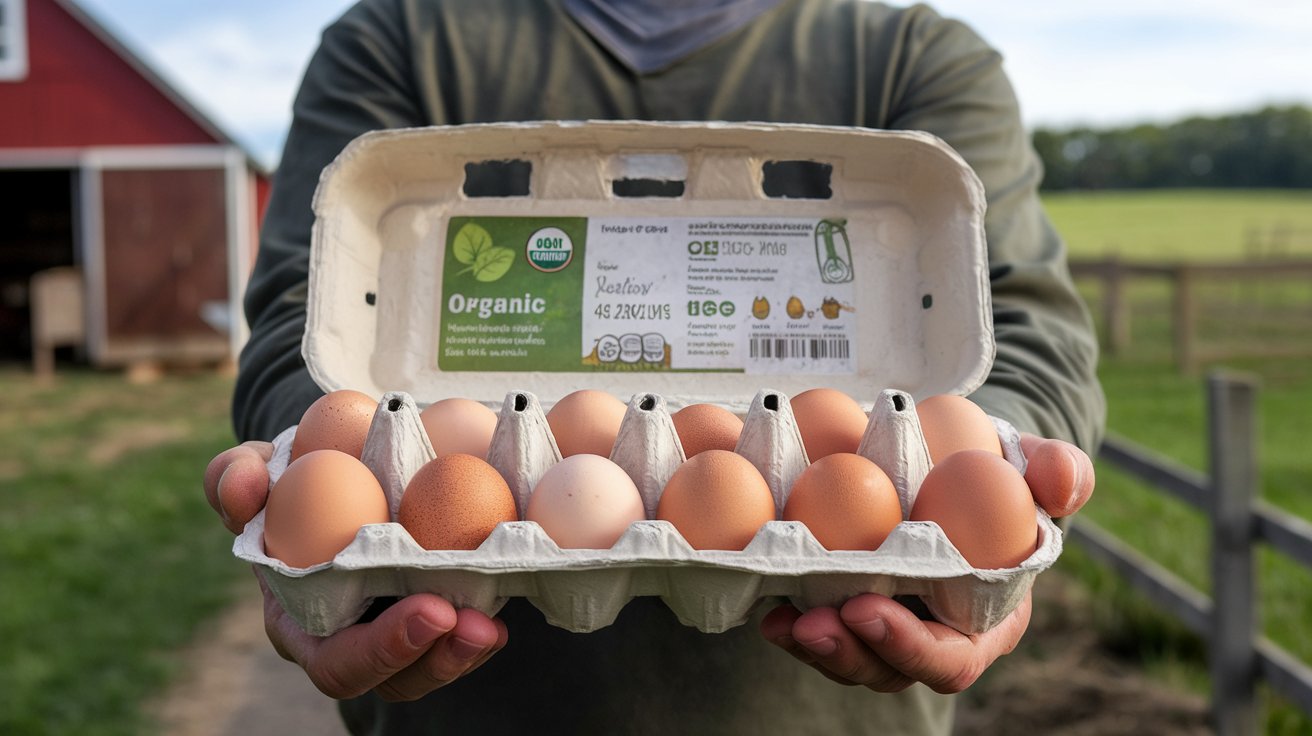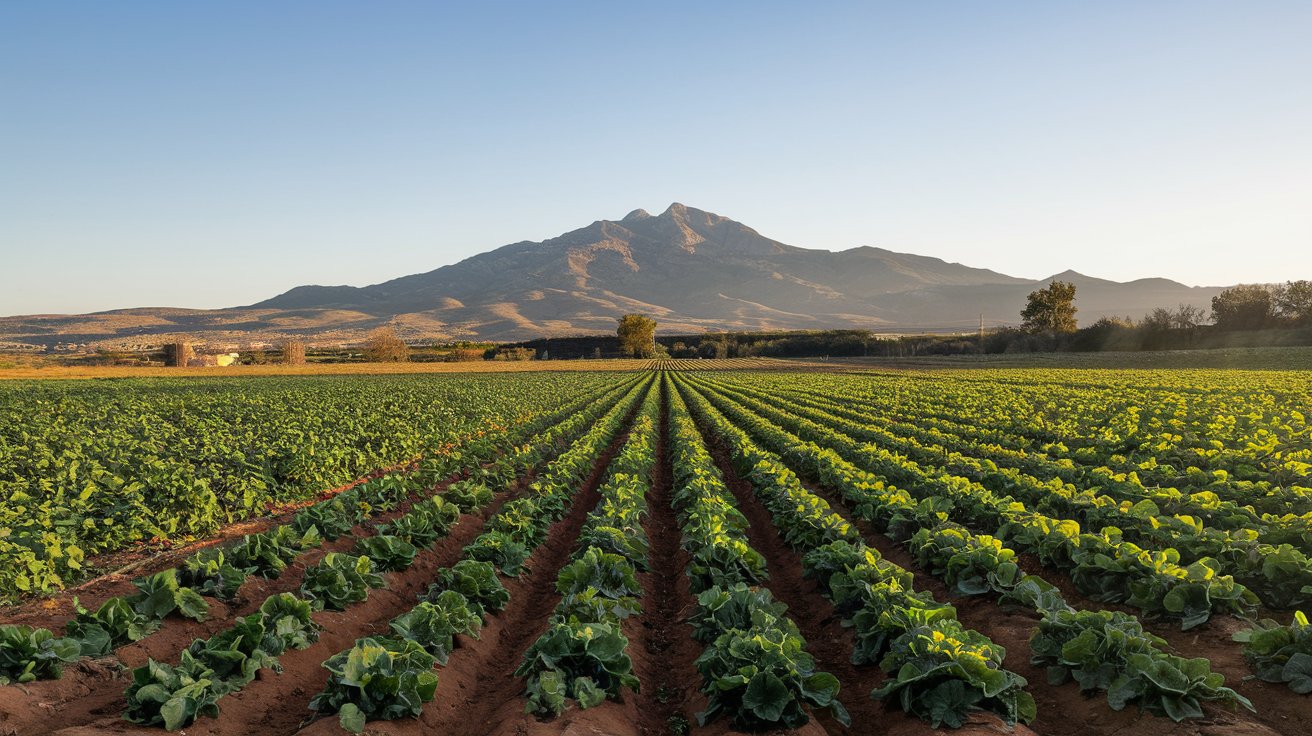Brazil stands out when it comes to generating energy through clean and renewable sources. The country’s territorial extension and climate favor energy use, especially due to the high incidence of sunlight. One enterprise that uses this natural resource is the solar farm.
The generation structure of a photovoltaic farm is larger than that of a residential one and, therefore, the projects have an equally greater generation capacity. It is no wonder that solar energy is the second largest source of energy in Brazil.
The data comes from the preliminary report by ABSOLAR (Brazilian Association of Photovoltaic Solar Energy) which highlights that, in 2023, Brazil generated 36 GW (gigawatts) from solar sources, representing 16.5% of the national electricity matrix.
In other words, investing in solar energy farms in the country helps reduce carbon emissions, one of the main greenhouse gases, and also provides greater savings for the consumer.
Are you familiar with the term, but don’t know what it is exactly, how it works, and whether it’s worth investing in a solar farm? Continue reading the article and learn everything about this solution.
What is a solar farm?
A solar farm is a distributed mini-generation energy project made up of a set of solar panels that occupies a large area outside urban centers, where it is possible to capture sunlight and transform it into electrical energy.
Micro and mini-distributed generation ( MMGD ) was regulated by ANEEL Resolution No. 482 of 2012, which established the electricity compensation system. As a result, consumers were authorized to produce energy for their consumption in their units.
Distributed Generation (DG) projects on solar farms are in the mini-generation mode. Which means they can have installed power from 75 kW to 3 MW.
To encourage, decentralize, and democratize access to clean energy generation, in 2022. Law 14,300 was approved, which updated the guidelines for MMGD modalities, making the process more organized and clear.
Therefore, anyone who wants to install or buy solar energy in Brazil today can do so through different means, encouraging business owners, companies, and industries to invest in projects of this type.
How does a solar farm work?
The operation of a solar farm is similar to that of a residential project. The difference lies in the area that the farm occupies and its generation capacity. The panels are installed in rural areas, as these are spaces where it is possible to take advantage of the incidence of sunlight without interference.
Despite this, these areas are close enough for the structure to be connected to the local distributor’s network to which the energy generated by the set of photovoltaic panels is directed.
As a result, the energy from photovoltaic farms is automatically converted into energy credits by the distribution company, distributed as follows:
- to reduce consumption in the consumer unit (UC) of the person responsible for the farm;
- to share credits between more than one UC under the owner’s ownership ( remote self-consumption );
- to divide between several consumer units of different holders participating in a consortium or cooperative.
Individuals (cooperatives) and legal entities (consortiums) can form a shared generation. One of the existing DG modalities approved by ANEEL is to divide the energy credits of an enterprise.
For example, the owner of a company with branches in the city that has a photovoltaic farm can use the credits generated to reduce the energy consumption of the head office and other units.
This is possible because the consumer units are within the coverage area of the local distributor and have the same owner.
What are the pros and cons of investing?
Now that you know what a solar farm is and how it works. We can highlight the pros and cons of investing in such a structure. Check it out!
Pros
The main advantages of investing or participating in a solar farm project are:
- continuous savings on your electricity bill;
- use shared generation to create partnerships between businesses;
- contribute to reducing carbon in the atmosphere;
- do not pollute the environment (the panels are zero pollutants);
- have an investment with a long useful life (25 to 30 years).
Cons
Among the cons of investing in a solar farm are:
- high cost of structural equipment and labor;
- payment of the network cost (established by Law 14,300/22), which influences the profitability of energy credits;
- higher return on investment (for those who set up, on average, five years);
- lower savings for those who share compared to their system, on average 10% to 20%.
How much does it cost to build a solar farm?
The average cost of setting up a photovoltaic farm varies depending on the size of the installation area, the installed power, and the climate conditions of the region. The estimated cost of a project is approximately 4 million. The return on investment takes an average of five years.
To read More Informative Content Related to Science Subscribe to Us. Thank You!





